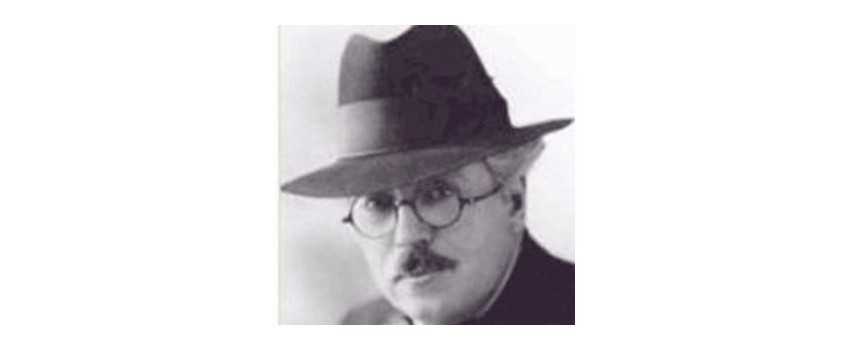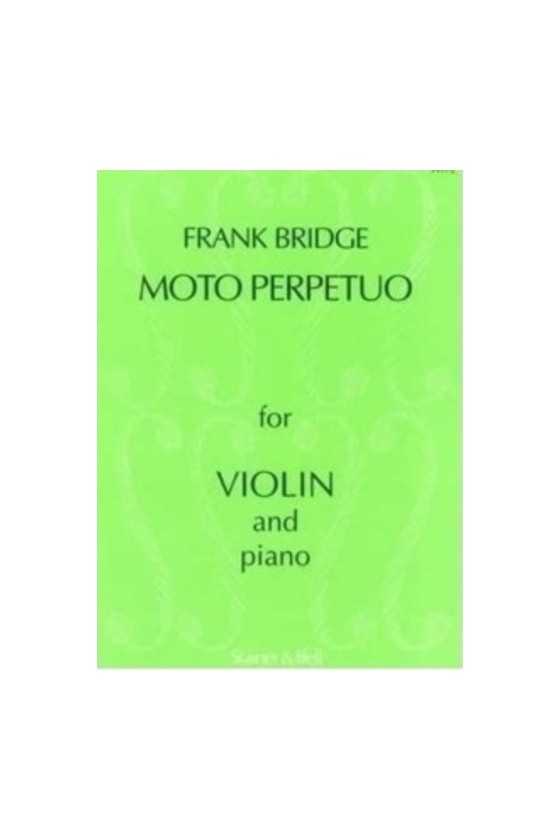Bridge, Frank
Frank Bridge, born on February 26, 1879, was not only a renowned English composer but also an accomplished viola performer. His contributions to music, especially in the realm of chamber songs, have solidified his place among the most famous musicians of his time. This article delves into the life and music of Frank Bridge, exploring his evolution as a composer and the impact he made on the musical landscape. From his early romantic compositions to his experimentation with atonality and impressionism, Bridge's journey is one of constant exploration and innovation.
Early Works and Influences
During his studies at the Royal College of Music under the guidance of C.V. Stanford, Frank Bridge began to compose a series of large chamber works that showcased his talent and potential. Influenced by the great composers of the time such as Brahms, Beethoven, Tchaikovsky, Franck, and Faure, Bridge's early works displayed a romantic style. Notable compositions from this period include the Phantasie Quartet (1910), four string quartets, and piano and vocal pieces.
A Shift towards Atonality
As Bridge continued to develop as a composer, he started to explore more modernist tendencies, particularly in the years leading up to the First World War. The Dance Poem of 1913, for example, reflected the influence of Stravinsky and Debussy, showcasing Bridge's willingness to experiment with new musical styles. However, during the war years, his compositions veered towards a more moderate approach, often incorporating pastoral and impressionistic elements. Works like the Two Poems for Orchestra and various piano pieces demonstrated significant changes in Bridge's harmonic language, with a preference for non-functional harmony derived from symmetrical scales.
Chamber Works and Evolution of Style
Despite the challenges of wartime, Frank Bridge managed to complete two of his most famous chamber works, the Second String Quartet and the Cello Sonata. These compositions showcased Bridge's evolving style, with a moderation in his idiom while still pushing the boundaries of harmonic experimentation. After the war, Bridge's language underwent a dramatic transformation, expanding on the impressionist harmony explored during the war years. His compositions became more complex, incorporating advanced harmonic elements and motivic functioning.
Post-War Ambitions and Mature Language
During the 1920s, Frank Bridge's desire to create more substantial and serious pieces led to the creation of his Piano Sonata, which exhibited his mature, post-tonal language on a large scale. This work marked a significant milestone in his career and set the stage for a series of important symphonic and chamber pieces. Among these works, the Third String Quartet stood out as a successful development and implementation of Bridge's evolving vocabulary.
Late Works and Legacy
In the late 1930s and early 1940s, Frank Bridge composed several notable works, including the Fourth String Quartet, the Phantasm for piano and orchestra, Oration for cello and orchestra, the Rebus Overture, and the first movement of a planned Symphony for strings. These compositions showcased Bridge's continued exploration of new musical territories and his commitment to creating expressive and substantive pieces. Despite his focus on more modernist works, Bridge often found himself overshadowed by his earlier "Edwardian" compositions, which remained popular among audiences.
Organ Works and Popular Appeal
Although Frank Bridge was not an organist and had minimal involvement with English Church music, his small organ pieces have become some of his most frequently performed works. These compositions, while lesser-known than his larger orchestral and chamber pieces, exemplify Bridge's versatility as a composer and his ability to captivate listeners in various musical contexts.
Conclusion
The life and music of Frank Bridge present a fascinating journey through composition and innovation. From his early romantic works to his exploration of atonality and impressionism, Bridge constantly pushed the boundaries of musical expression. His compositions, ranging from chamber music to orchestral pieces, showcased his evolving style and his desire to create works of substance and depth. Despite the popularity of his earlier compositions, Bridge's legacy lies in his ability to adapt and experiment, leaving a lasting impact on the musical landscape.


